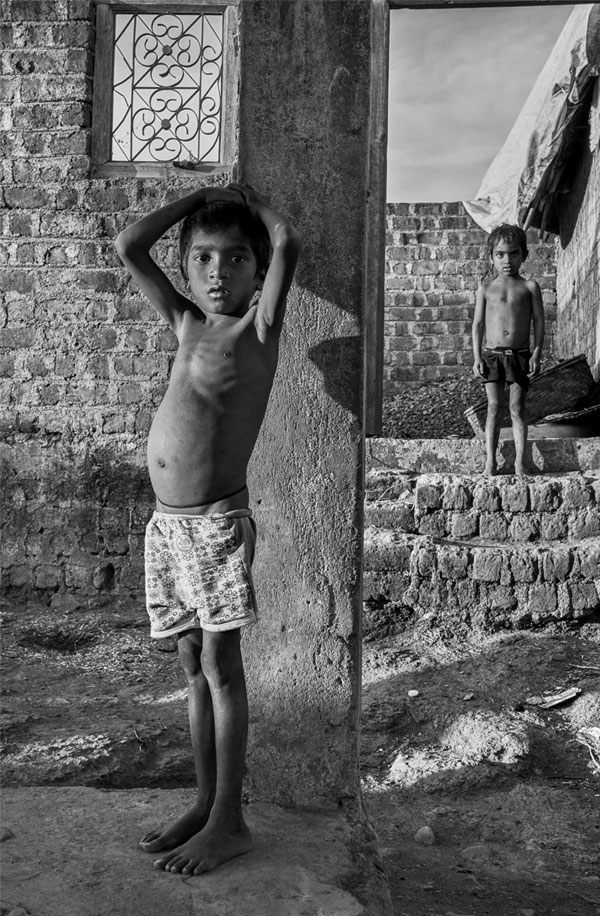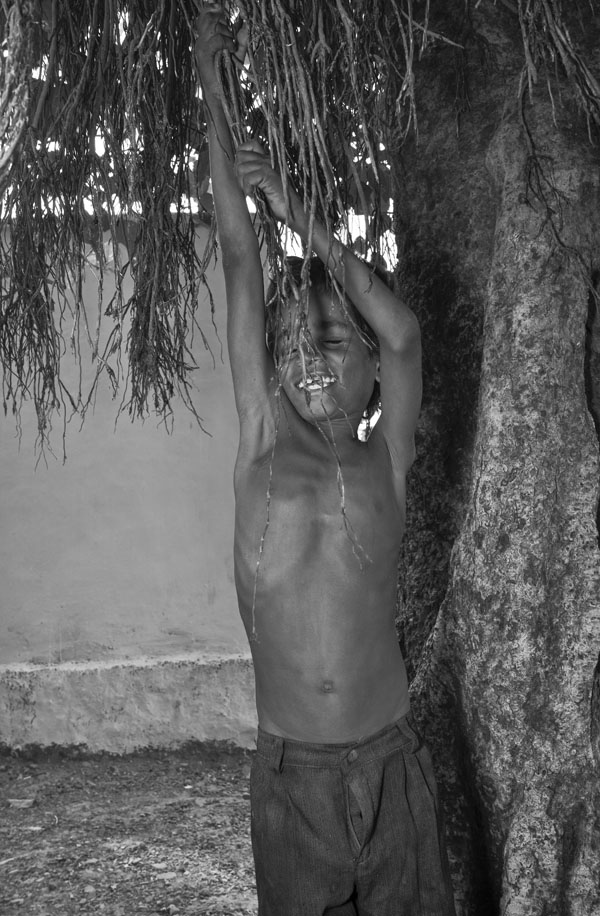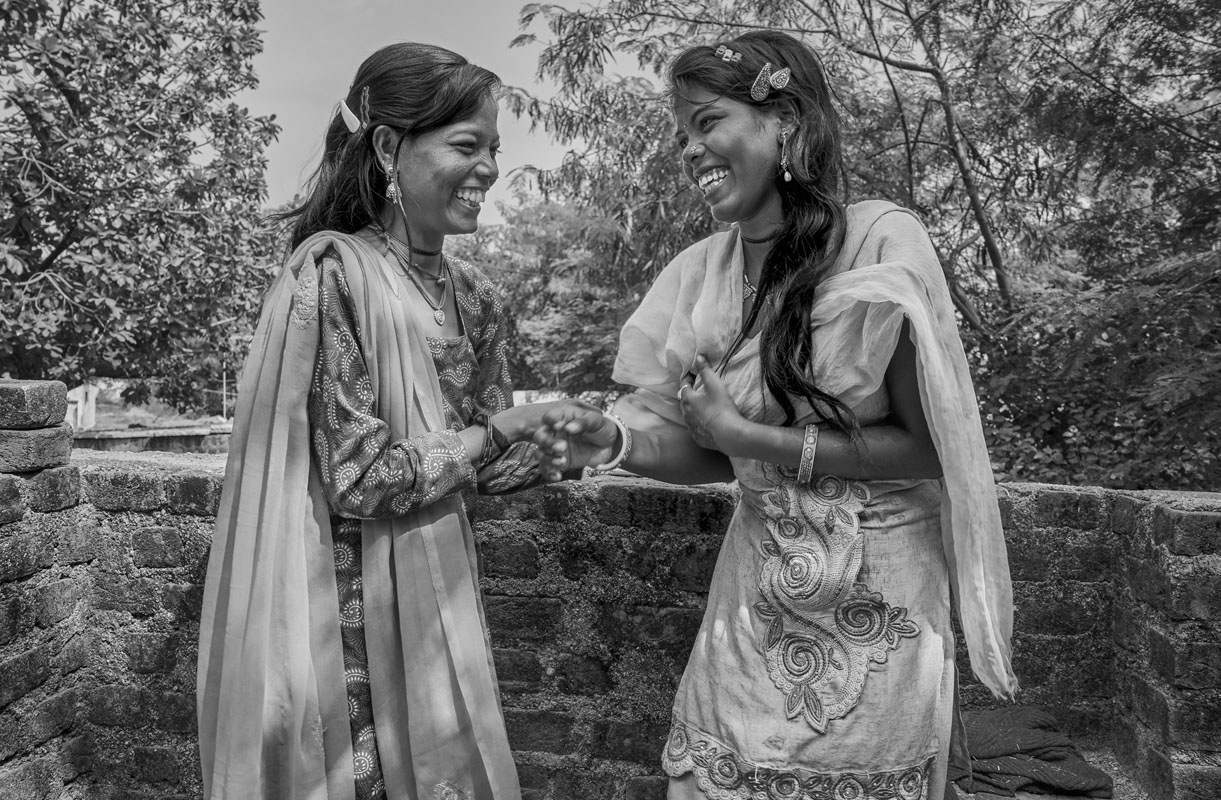‘I did not want people to
sympathise with my photographs’
upcoming documentary photographer
Sneha Murchavade to
understand the nuances of
photography and what inspires her
Interviewed by Mahendra Damle
Transcribed and edited by Pallavi Borkar
© Sneha Murchavade
Finishing the last leg of her degree at Sophia College for Women in Mumbai, Sneha Murchavade, was taken aback by the pictures of the Bhopal Gas Tragedy that was shown during a class lecture. “The famous image of a baby being buried in the ground stayed with me and that was the starting point for my love for photography. I felt I should work with people, tell real-life stories, and not get stuck in commercial photography,” explains Sneha.
She was lured into fashion photography for some time only to realise it was full of pretence. “I remember during the shoots, everything was made-up just for one shot. I think people waste money in studio photography by designing and manufacturing fake scenarios. I was getting very restless in that environment.I felt very comfortable with street photography, and asking people’s permission to photograph,“she confesses.


Sneha couldn’t adjust in the commercial world so she decided to take matters into her own hands and gave herself two months to make a decision on the career of her choice. She found a course in Delhi that matched her aspirations, “I consulted many photo journalists to understand if I could adjust in a documentary photography space. I wanted to know if I was just romanticising the genre too much but everyone suggested that I take up the course and see it for myself.”
During her course, she worked on various street photography assignments like whereshe captured the lives of the fishermen folk from Koliwada in Vasai near Mumbai. The photo project offered an insightinto the everyday banal activities around the coast of Mumbai. Some of her other photo stories included images of an androgynous man who quit his corporate job to become a full-time belly dancer, portraits of young musicians in Delhi, family portraitures, the Yamuna River photographed in the style of historic photographer Paul Gray, and capturing people’s day-to-day lives inspired by Ram Rahman’s work.

As a young ambitious documentary photographer, Sneha was always moral policing. “There were times I couldn’t find any topics to photograph. I often questioned if what I’m doing is worth anything. I remember asking my professor, ‘how moral could it be?how we can make it right all the time?’I don’t think I still understand reality because it has many dimensions,” she shares.
For her final project submission Sneha chose malnutrition as her topic. With the help of an NGO, that primarily works on Nutrition among the tribals, she boiled down on featuring the Saharia tribe in UP and Madhya Pradesh. “I wanted to work with tribal women, adolescent women and children. I decided with my professor to abide by two conditions that I will not show naked or crying children and I did not want people to sympathise with my photographs; I only wanted people to know that these conditions exist.”
When interacting with the tribals in their settlements it took many days for Sneha to build a rapport and trustwith them. “Also, migration was a challenge because these tribals were always on the move. I went to Khandwa in MP with the help of a middlemenwho helped me find settlements. The tribals didn’t speak Hindi so language was a barrier.There were too many highs and lows during the entire project. I never thought I would put myself in such unsafe areas to work,” she shares. Talking about photographing the tribal people, Sneha talks of her experience, “There is a class difference especially when I’m interacting with them because I come from an urban area. They would address me as ‘Madam’ or ’Didi’ although we were of the same age. But once you sit and eat with them that’s when they open up. While commuting to the settlements people used to stare at me because even if I wore a salwar kameez they knew I was not from their village. But it was very satisfying to listen to their stories;they were warm and beautiful unlike people from the cities. I did not want to return home after my meeting with them.” Taking in the surreal experience, for her next project Sneha plans to deep dive into issues faced by the fishermen folk in Mumbai especially with rampant coastal developments taking place in the city.

